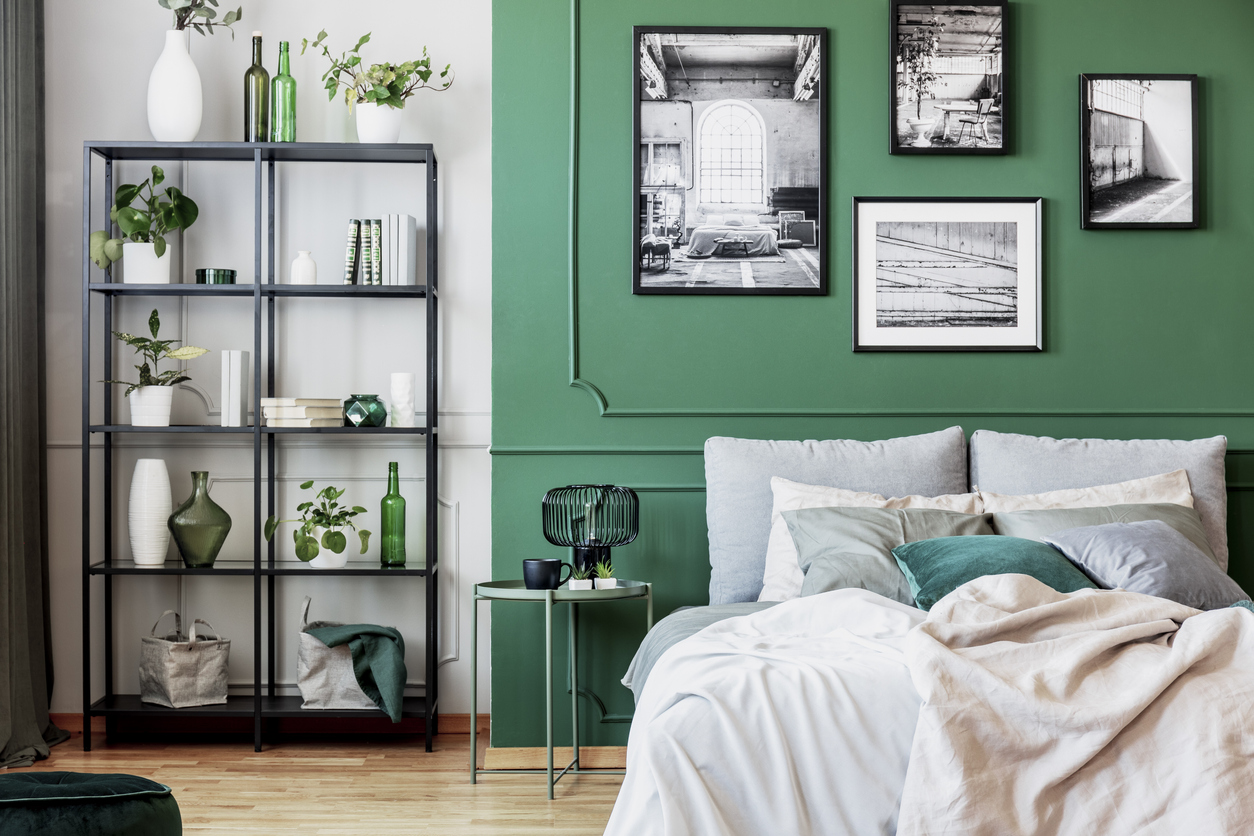Embarking on an art enthusiast’s journey, you may face a daunting and uncertain landscape. Observing those who have succeeded, you may ponder, ‘How can I ever attain such heights?’ Yet, always bear in mind that every established collector embarked on a humble beginning. The crux lies in dedicating yourself to learning, preparation, and honing your skills and connections as you progress.
There are numerous motivations for initiating your venture into art collection. Art holds investment potential, enhances the ambiance of your living or workspace, and offers a rewarding pastime as long as you maintain fiscal prudence. This post aims to illuminate the path, dispelling some of the complexity and equipping you with the necessary tools to embark on your expedition into the realm of art.
1. Set a Budget
Your utmost priority should be avoiding excessive debt and safeguarding your other financial commitments. Determine a monthly or yearly budget, establish it, and adhere to it steadfastly. While setting your budget, consider various factors that can impact the cost of an artwork. Procuring art directly from an artist generally proves more economical than acquiring a previously owned piece sold through a gallery or auction (secondary market). Furthermore, esteemed galleries may command higher prices compared to their less-established counterparts. Additional considerations such as the artwork’s rarity, choice of mediums, and the specific phase of the artist’s career during work creation can influence the price. Ensure to incorporate supplementary budgetary provisions for expenses like insurance, shipping, framing, auction buyer’s premiums, and any special maintenance requirements.
Exercise caution to avoid overpaying for artwork. As a fledgling collector, don’t hesitate to inquire about pricing and make comparisons. When seeking a piece by a specific artist at an art fair, visit all booths showcasing their work. Take note of disparities in quality, dimensions, and artistic styles. How do the compositions contrast? Over time, you’ll understand the market and what constitutes a reasonable price. Capitalize on online databases such as Art Price and Artnet, which provide historical auction sale records, which are particularly valuable when assessing artworks on the secondary market.
2. Research, Research, Research
Engaging in thorough research is paramount, so allocate time to this endeavor by immersing yourself in observation and reading extensively. Venture out to museum and gallery exhibitions, and dedicate the necessary time to refine your visual understanding. Recognize that each person possesses a unique perspective; discovering your distinctive style and preferences is essential. Conversations with artists regarding their artistic inclinations can be an insightful learning experience. You can also start by visiting local galleries, large museums, and taking art classes. Another great way to discover some local art in your neighborhood to get an idea of your preferences is to visit an antique shop.
3. Don’t Fear Help
Enlisting the expertise of art advisors can significantly enhance your art collection, as they contribute their extensive industry expertise, valuable connections, and wealth of experience. If you’re considering the prospect of engaging an art advisor, your initial step should involve comprehending their fee arrangement and integrating it into your financial plan. Advisors operate on distinct fee structures – retainer-based, commission-based, hourly rates, or varying rates for specific services. Novices in the art realm often tap into the benefits of seasoned art advisors to expedite their evolution within the art sphere, acquiring knowledge and insights and safeguarding against ill-advised investments in the process.
Drawing upon a decade of art dealership experience collaborating with individual collectors and corporate establishments, Alanna Miller created a fresh gallery venue situated at 230 Mulberry Street, nestled within the vibrant core of SoHo in New York City. This strategic move showcases her adept art consultancy skills in a prominent retail setting.
